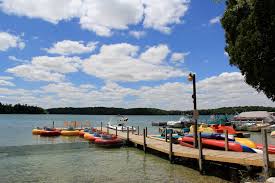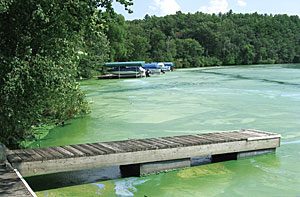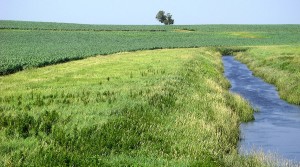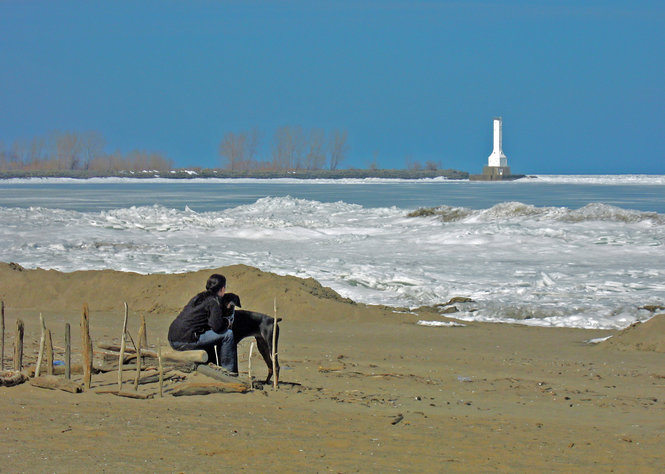I was visiting Elkhart Lake, WI recently, with the notion that this may be a sensible re-location spot for Clean Water Warrior. There is no doubt, the lake and the community are in many respects idyllic. A too-small, yet quaint village, abutting a beautiful world-class lake — Elkhart Lake is truly a destination for freshwater fans. And, as it turns out, race fans. The community’s Road America venue brings in over 100,000 people every racing weekend throughout the summer months. Not bad for a town with a population of 967.

Elkhart Lake has some terrific tourist history, too, dating back to the days of Al Capone. But its greatest asset may be its spring-fed water source, its incredible depth of nearly 120 feet, and the absence of farming or industry on its shores. Private residences, most valued at over $1,000,000, with responsible, updated septic systems surround the lake. This almost ensures that Elkhart Lake will remain clean and algae free for years to come.
Contrast that with poor Fox Lake, in Fox Lake WI — a neighbor less than 60 miles to the Southwest. Fed by creeks that empty into it after meandering through industrial parks and farms, and possessing a depth of no more than 20 feet, Fox Lake is almost doomed to its status as one of Wisconsin’s most at-risk lakes. What can be done to improve Fox Lake’s lot? Start with the farms. Wherever a 75-foot grass buffer does not exist between cropped land and creeks, create that space. Extend dramatically the distance between farms, and the lake itself. And eliminate any yard pesticide usage by lake dwellers.

Are these suggestions a solution all by themselves? No. Some conditions will simply always work against Fox Lake. But wherever implemented, they cannot hurt.



